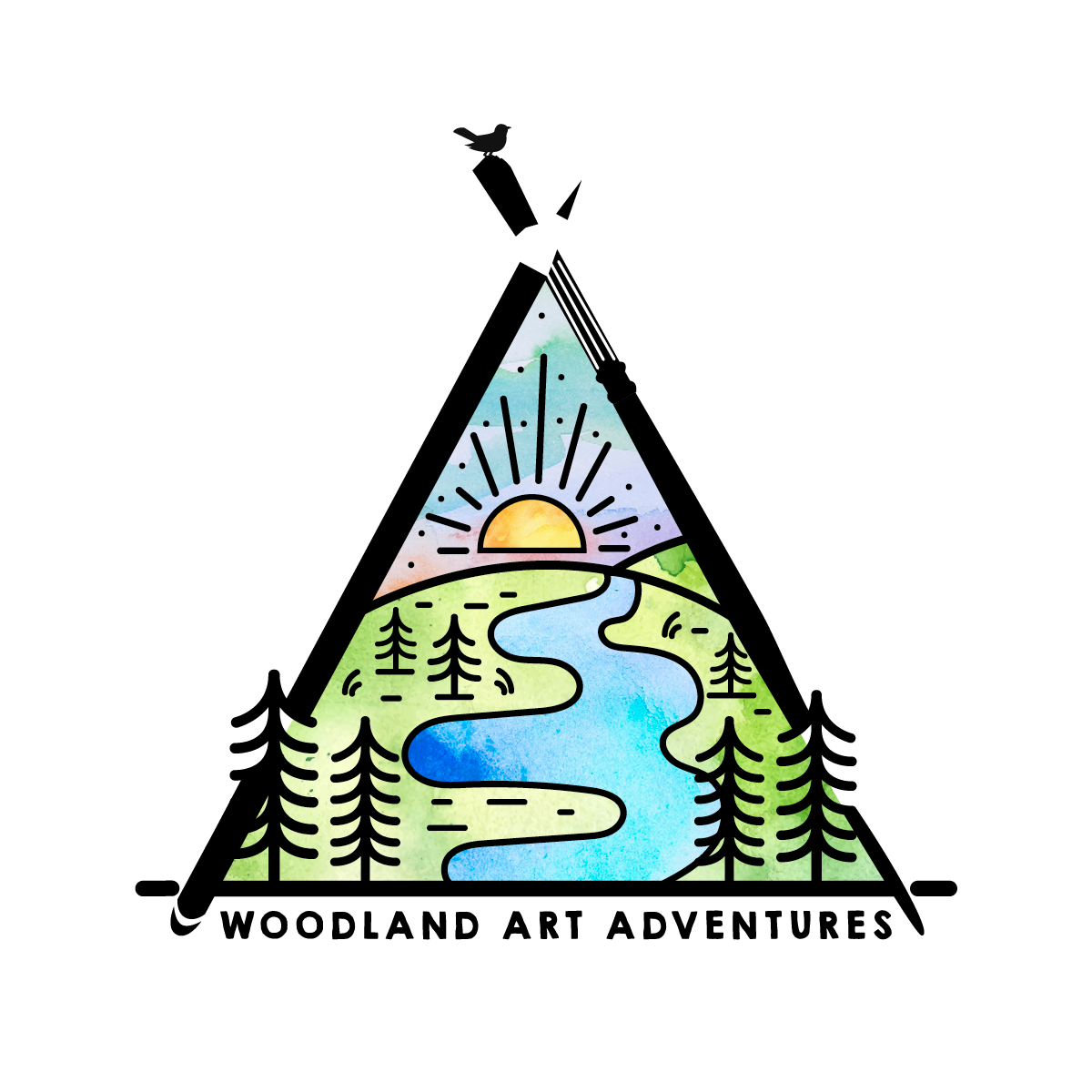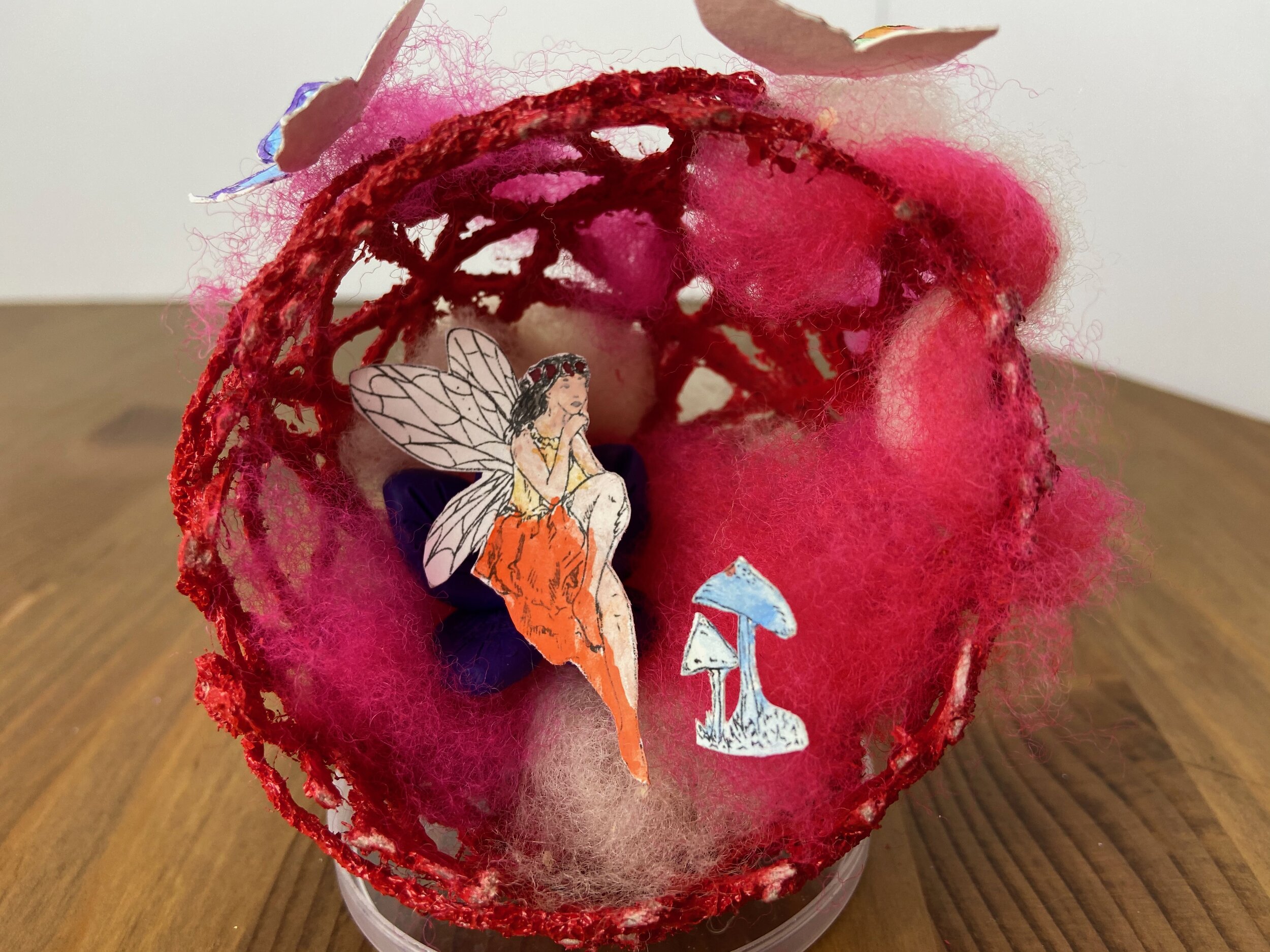Spinning a Wooly Tale
In mid-June I had the opportunity to sit down with Lee Walerius of CR Ranch. We always buy our un-dyed wool roving from Lee because we like to dye it ourselves. Lee does have pre-dyed colours available if you prefer.
CR Ranch is a short drive away, just north of Martensville and we had a chance to meet the goats, their kids, the horses and dogs. Lee starts by telling me that her mom always knit the families’ mittens when she was growing up and would insert raw wool to keep little hands warm. This is something Maritime handcrafters have been doing for a long time. The wool felts with the heat of hands and wet snow and eventually provides an extra layer of protection.
Early on Lee fell in love with Icelandic knits and Fair Isle knitting patterns. Both of these produce very warm sweaters and both use coloured wool to create patterns. When you follow a traditional Fair Isle patten you will carry both colours of yarn across a whole row, using different stitches to create the pattern. An Icelandic sweater or Lopapeysa is made with unspun wool, typically with a yoke pattern that is identical front and back. Icelandic sweaters are made with unspun wool which is harder to handle but also airier and therefore warmer. Fair Isle is a knitting technique and Icelandic knits use unspun wool, they look similar and both produce warm knits – you could knit a Fair Isle pattern using Icelandic unspun wool and really challenge yourself!
Lee has been a lifelong handcrafter, starting at age 10 with leather work through a local community association she made wallets and belts. A natural educator, after learning leather tooling and stamping she went on to teach these skills. Continuing her learning over the years she taught classes at the regional college on moccasin and mukluk making. You can learn more about Lee’s leather tooling in this video by Get a Bigger Wagon. As a member of the Saskatchewan Sheep Development Board she used Agribition to reach visiting school children showing wool dyeing with Kool Aid and a slowcooker.
Lee and her late husband started with 10 sheep and figured that if you have to feed, water and check 10 you may as well add a few more. At their highest point they had 250 sheep and a donkey guardian for companionship to keep the coyotes away. Lee shared many memories of farm life over the years, including the sad reality of hypothermic lambs born in the spring and having to bring them into the farmhouse to warm them and feed them. These lambs always made a big impression on her and her family, saving a life creating a lasting bond.
After 40+ years of raising sheep Lee is now winding down those efforts but had several handcrafted saddles to show us. She explained how the saddles are constructed and the hand stitching and buttons. The pride and hours spent making the saddles is apparent and passes on her love of making to her children and grandchildren.
We like to buy wool roving and dye it ourselves. It’s not time consuming but smells like wet wool! Dyeing it yourself means you choose the colours you want and if they don’t work out you can always re-dye them. We’ve used food colouring, Kool Aid and natural colourants like berries or beets or Turmeric. We like to use the following method when we want to make lots of different colours.
Gather some un-dyed wool roving, a glass bowl, and your colourant.
Stop and remember what happens if you put a wool sweater or mittens into the hot cycle of a washing machine, the fibers felt together and shrink! Even though you are adding water and heating things up you aren’t going to agitate the wool or it will start to felt.
I like to measure about 2 cups of hot water and add my dye, we like to use Kool Aid or food colouring so we can use our regular bowls. If we get dye on us it’s not a big deal, it’s kid friendly, and no special materials are needed. If you choose to use fabric dye, e.g. RIT, follow the instructions and do not use kitchen materials that you use for food. Add your dye to the water and mix until completely dissolved.
Put your wool roving into the dye bath - it will shrink as it gets wet so you may need to add more than you think. If you need to add a splash more water do so, then microwave for 2 minutes keeping an eye on things. Let the wool cool and then re-heat in the microwave a few more times. Use a fork or utensil to check the colour which will lessen once you have rinsed the wool.
Rinse the wool out with cold water and let air dry, e.g. over an inverted colander in your bathtub.
If you are using food to dye I suggest using a slow cooker. Using a piece of cheesecloth to make a sachet for your blueberries or beets, add your wool roving and water to your slow cooker and check back after a few hours. Turn off before bed and let it sit and cool overnight, in the morning you can check your wool, rinse and air dry.
Once dry you can use the wool roving for any number of felted crafts like decorating eggs, making flowers, or even these geodes.



















